
When we refer to a country as “rich,” particularly in a time when income inequality is widening between the extremely wealthy and the rest of the population, what do we actually mean? Gross Domestic Product (GDP) measures the total value of all goods and services produced within a country. However, to better gauge the wealth or poverty of a country’s people, it’s more accurate to divide this total output by the population. This explains why smaller countries often seem wealthier. Their economies, relative to their small populations, make them appear more prosperous.
Key Takeaways
- Wealth Measurement: GDP per capita offers a clearer reflection of a country’s wealth, showing why smaller nations often seem wealthier due to their larger economies compared to their populations.
- Luxembourg’s Prosperity: Luxembourg is the wealthiest country in the world, thanks to its strong financial sector and high GDP per capita, providing its citizens with improved living standards and free public transport.
- Qatar’s Natural Resources: Qatar’s wealth is mainly derived from its vast oil and gas reserves, making it one of the richest countries per capita, with additional benefits from hosting the 2022 FIFA World Cup.
About Arcadia Finance
Simplify your loan process with Arcadia Finance. Choose from 19 trusted lenders, all fully accredited by South Africa’s National Credit Regulator, with zero application fees. Experience a smooth and reliable service designed to meet your financial goals.
Top 10 Richest Countries By GDP Per Capita 2024

Luxembourg
Luxembourg, a small yet affluent country, has a Gross Domestic Product (GDP) of R1.68 trillion ($88.56 billion) and a population of 639,000. With an exceptionally high GDP per capita, it consistently ranks as the wealthiest nation worldwide. This prosperity is largely driven by a strong financial sector, which plays a key role in its economy. Luxembourg effectively uses its wealth to improve the quality of life for its citizens, offering better living standards, high-quality healthcare, and comprehensive education.
Luxembourg is also popular as a tourist destination, attracting visitors with its scenic castles, vast green landscapes, and charming canals. In a forward-thinking move, it became one of the first countries to introduce free public transport, making daily life more convenient for its residents. Moreover, Luxembourg has the highest minimum wage in the world, reinforcing its commitment to the well-being of its people.
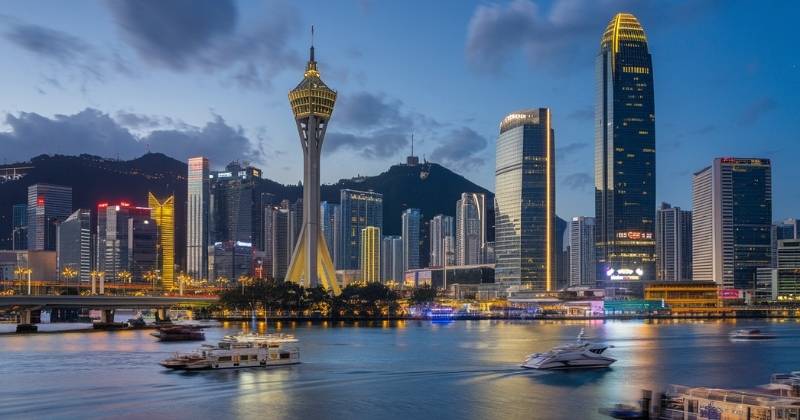
Macao SAR
Macao SAR has a Gross Domestic Product (GDP) of R1.04 trillion ($54.68 billion) and a population of 695,168. As a Special Administrative Region under Chinese jurisdiction, Macao’s wealth primarily comes from its over 40 casinos, making it a leading global destination for international travellers. Historically, it holds significance as both the first and last European colony in Asia. Although its economy was severely impacted by the COVID-19 pandemic due to travel restrictions and lockdowns, it is now recovering quickly. This rebound can be largely attributed to Macao’s unique economic policies, which operate within a capitalist framework, setting it apart from mainland China’s legal and economic structures.
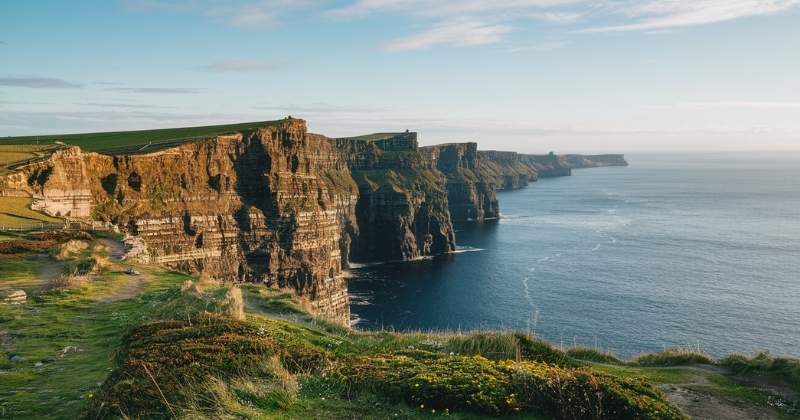
Ireland
Ireland, with a Gross Domestic Product (GDP) of R10.7 trillion ($564.02 billion) and a population of 5.03 million, has undergone substantial changes since the global financial crisis of 2008. Following the economic downturn, the country introduced major reforms to its banking sector in an effort to stabilise and revitalise its economy. These efforts included measures such as reducing public-sector wages to manage the fiscal impact. Additionally, Ireland has positioned itself as a major corporate tax haven, attracting multinational corporations like Apple, Google, and Microsoft. These companies have significantly bolstered the Irish economy, contributing over 50% of its economic growth in recent years.

Singapore
Singapore, with a GDP of R9.98 trillion ($525.23 billion) and a population of 5.45 million, remains a key global hub for business and trade. The country hosts a significant number of high-net-worth individuals, contributing to its strong financial standing. However, recent years have brought several challenges. Initially hit by the pandemic, Singapore’s economy has also faced pressure due to the slowdown in China, one of its primary trading partners in the manufacturing sector. These factors have placed ongoing strain on the country’s economic growth.
Curious about how wealth is distributed across the African continent? Dive into our exploration of the Top 10 Richest Countries in Africa, where we examine the economic powerhouses that drive Africa’s growth.
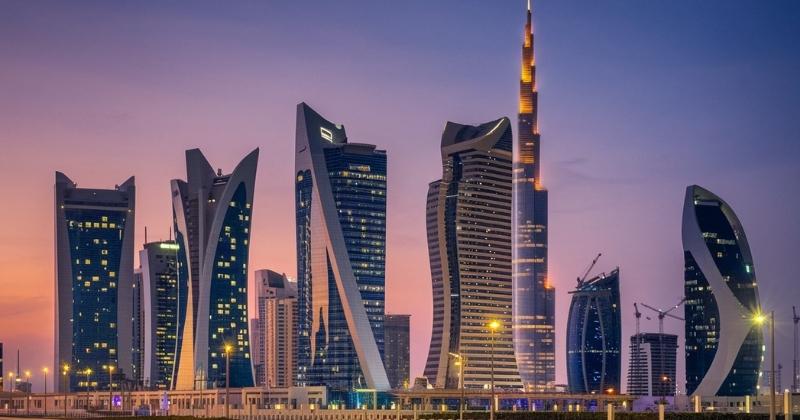
Qatar
Qatar, with a GDP of R4.65 trillion ($244.69 billion) and a population of 2.93 million, ranks among the wealthiest countries by GDP per capita in 2024. This position is primarily due to its vast reserves of natural resources, particularly oil and natural gas. Qatar holds the third-largest gas reserves in the world, and the wealth generated from these resources, relative to its small population, has significantly boosted its economy. In addition to its natural resources, Qatar is expanding into other sectors, with events like the FIFA 2022 World Cup providing a significant boost to its tourism industry and broader economy.

United Arab Emirates
The United Arab Emirates (UAE), with a Gross Domestic Product of R10.03 trillion ($527.8 billion) and a population of 9.99 million, is the third-largest economy in the Middle East, following Turkey and Saudi Arabia. Despite its lack of permanent rivers, the UAE has prospered thanks to its abundant natural resources. Only 20% of the population are Emirati nationals, while the majority are drawn to the country by economic incentives such as tax-free income. While hydrocarbons remain a crucial component of the economy, industries like tourism, finance, and construction also contribute significantly to its revenue. The UAE has also positioned itself as a social and cultural centre, hosting events like Dubai Expo 2020 (which occurred in 2021-2022 due to global restrictions) and preparing for another Expo in 2025.

Switzerland
Switzerland, with a Gross Domestic Product (GDP) of R17.82 trillion ($938.46 billion) and a population of 8.70 million, is one of the world’s most prominent tourist destinations. In addition to its tourism appeal, the country boasts a strong financial sector that plays a significant role in driving its economy. Switzerland is known for its high-value exports, including precious metals, precision instruments, and a range of machinery, such as computers and medical devices.
Switzerland’s economy is predominantly service-based, with around 74% of GDP originating from the services sector. Industrial activities contribute approximately 25%, while agriculture accounts for less than 1%. The country is also notable for having the lowest Value Added Tax (VAT) rate in Europe, further enhancing its economic attractiveness.
Discover who tops the charts in wealth across the continent in our feature on The Richest People in Africa: Who are They?, a detailed look at the financial giants of Africa.

San Marino
San Marino, with a GDP of R38.54 billion ($2.03 billion) and a population of 33,580, is recognised as the oldest republic in Europe and ranks as the fifth smallest country on the continent. Its low income tax rates have significantly contributed to the financial prosperity of its citizens. In 2024, San Marino stands out for having no national debt, a rare accomplishment in today’s global economy. Surrounded by Italy, San Marino shares deep cultural ties with its neighbour and draws in a substantial number of tourists due to its picturesque landscape.
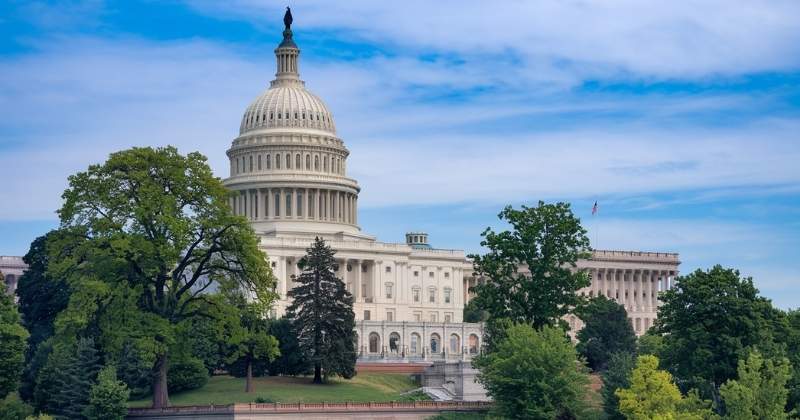
United States
The United States, with a GDP of R545.92 trillion ($28.78 trillion) and a population of 332 million, remains a formidable global economic force. While the U.S. ranks among the top 10 economies by GDP per capita based on purchasing power parity (PPP), it occupies a position closer to the lower end of the list. However, the country’s economic influence extends beyond GDP figures, bolstered by its military capabilities, which contribute to its dominant presence on the world stage.
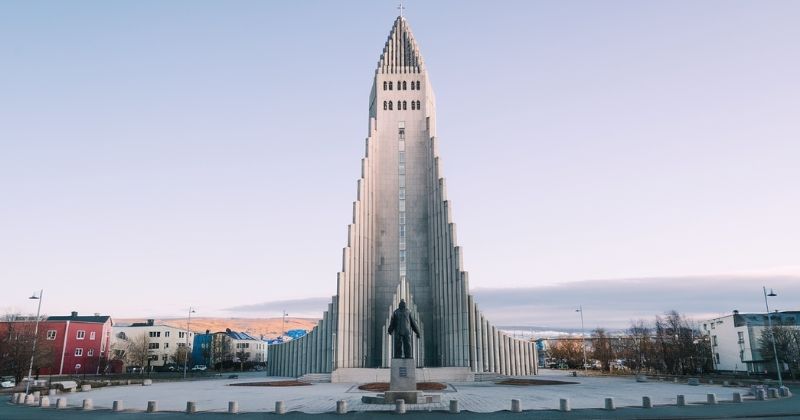
Iceland
With a GDP of R633.75 billion ($33.34 billion) and a population of 370,000, Iceland, is a Nordic island nation that has garnered attention, especially among Indians, for its playful social media presence and the memorable Viking Thunder Clap by its football team during UEFA Euro 2016. Iceland is also recognised as one of the wealthiest countries globally. Its low-tax environment has contributed to its market growth, while the country consistently ranks highly on international indices measuring quality of life, education, civil liberties, government transparency, and economic freedom.
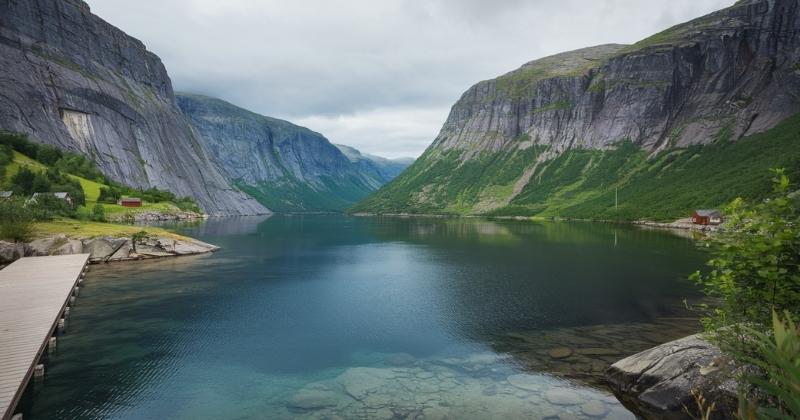
Norway
Norway, with a GDP of R10.01 trillion ($526.95 billion) and a population of 5.41 million, has regained its position as a leading supplier of petroleum in Western Europe. The country’s economy has made significant progress in recovering from the Covid-19 pandemic. Additionally, Norway is well-prepared for future challenges, maintaining a sovereign wealth fund valued at $1.3 trillion, the largest globally, providing substantial financial security during times of crisis.
Conclusion
The wealth of a nation is most accurately gauged by its GDP per capita, which provides a better understanding of the economic prosperity enjoyed by its citizens. Smaller nations like Luxembourg and Qatar dominate global rankings due to their robust financial sectors and vast natural resource reserves, respectively. Meanwhile, countries such as Ireland and Singapore have reached high levels of economic success through strategic reforms and positioning themselves as major global business hubs. While the specific rankings of the world’s richest nations may shift over time, it is evident that a combination of financial policies, resource wealth, and global trade influences the economic prosperity of these affluent countries.
Frequently Asked Questions
A “rich” country is generally defined by its Gross Domestic Product (GDP) per capita, which measures the total value of goods and services produced within the nation divided by its population. This calculation highlights the average wealth of individuals rather than just the overall economic output. Countries with smaller populations and significant economic activity, such as Luxembourg and Qatar, often rank higher in GDP per capita, as the wealth generated by their economies is spread among fewer people.
Smaller countries frequently rank as wealthier because their national economic output is shared among fewer residents. For example, countries like Luxembourg and Qatar, despite their small populations, benefit from strong financial sectors or natural resources, which contribute to higher GDP per capita. This gives the impression that citizens in these smaller countries are, on average, wealthier than those in more populous nations with lower per capita output.
Natural resources significantly influence the wealth of many countries. Nations like Qatar and the United Arab Emirates derive much of their economic power from their large oil and natural gas reserves. These resources generate vast revenues, providing a substantial income stream that contributes to economic development, improved infrastructure, and higher living standards for their citizens.
Financial policies, such as tax incentives and economic reforms, play a crucial role in shaping a country’s wealth. Ireland, for example, has attracted multinational corporations by offering favourable corporate tax rates, which has significantly boosted its economic growth. Similarly, countries like Luxembourg and Switzerland benefit from their well-developed financial sectors, where banking and investment activities contribute substantially to GDP and bolster their positions among the wealthiest nations.
GDP per capita is a more reliable measure of wealth because it reflects the economic output relative to the population, providing insight into the average standard of living for individuals. Total GDP, on the other hand, measures the size of a country’s economy but does not account for how wealth is distributed. A country may have a large total GDP but still have significant income inequality or widespread poverty, making GDP per capita a better indicator of individual prosperity within a country.
Fast, uncomplicated, and trustworthy loan comparisons
At Arcadia Finance, you can compare loan offers from multiple lenders with no obligation and free of charge. Get a clear overview of your options and choose the best deal for you.
Fill out our form today to easily compare interest rates from 19 banks and find the right loan for you.


